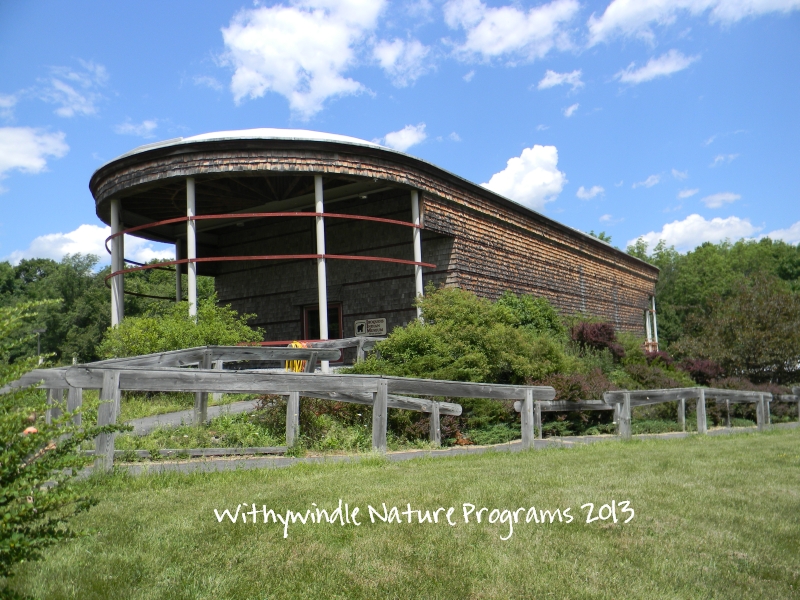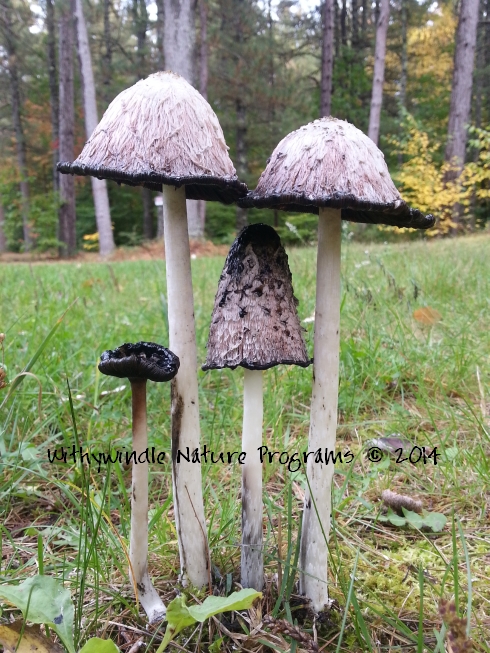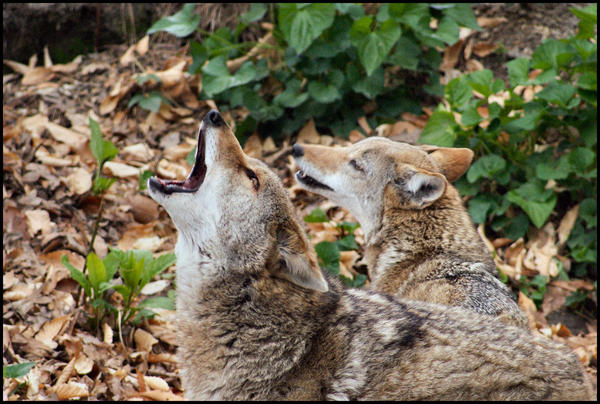So I finally got out tracking for the first time this winter. It was a really nice feeling to walk around in the small woods near our house, and have time to explore whatever caught my eye. I gave myself about an hour (it was bitterly cold last Friday, and I had other tasks on my list for the day), knowing that the property I was walking is pretty small. I’d guess that the whole thing – both forested sections and the open power lines that divide them – aren’t much more than 30 acres or so. Possibly less.
I discovered two things right away: red foxes, and horrible snow tracking conditions. There had been melting the day before, which led to snow dropping off tree branches above, creating random impressions everywhere. In addition, the melting and re-freezing had made the snow very brittle. Not great substrate for track impressions. And I found no coyote tracks along my walk.
The number of fox trails I came across surprised me. I didn’t do much other than follow the two established walking /biking trails most of the time. I back tracked some of the fox trails, but there were so many of them, and the property so small, that I had to assume that I was just seeing multiple trails from the same individual(s). Aging the tracks would have been a help, but all the tracks were in such poor shape, it was a challenge just to determine species. At one location, I did see what could have been two foxes traveling together.
While both parents usually help out with pup rearing, the mated fox pair doesn’t stay together for the whole year. But studies have found that often times they do keep the same mate for life, and the pair usually start to seek each other out just around this time of year: mid-to-late January. Henry (see references below) states that shortly after they start traveling together, their urine scent marks (of which I’ve found several) start to take on a strong, musky odor, which indicates that they’re getting ready to mate. I’m planning on heading out early next week to see if I can detect an odor from the scent posts.
Although at times I find winter rather challenging to get through, there are always signs in the natural world that spring will indeed return. Foxes pairing up is one of those signs – granted, a subtle one that most people won’t discover. Another are owls. Great Horned Owls start their courtship in late January/early February, and Barred Owls start just after in February and into early March. In addition, you can always look for swelling buds and hatching insects in February, but it’s the birds that always give me the most hope for spring. Already I can’t wait for the late winter bird calls to begin, as the slowly lengthening daylight triggers chickadees and titmice to start their first songs. What signs in the natural world do you look for to remind you of spring’s return?
Resources:







It’s been so bitter cold that I have dreaded going outside for anything lately. I can’t say that I’ve seen any signs of spring, but I also don’t know what to look (or listen) for. I’ll keep reading your posts and looking for signs. 🙂
The signs of spring are definitely subtle in January and February. I’ll have to dig up some of my insect info on late winter hatchings and see what’s active (or about to be) this time of year.
Interesting info about fox. I haven’t see one here in a while, but I am sure they are out there….Michelle
It’s amazing how prevalent they are – they’re much like coyotes in that they’ve learned well how to live around humans in a wide diversity of habitats.